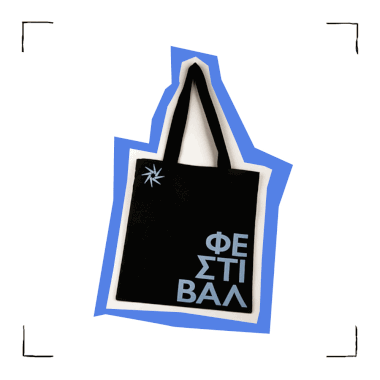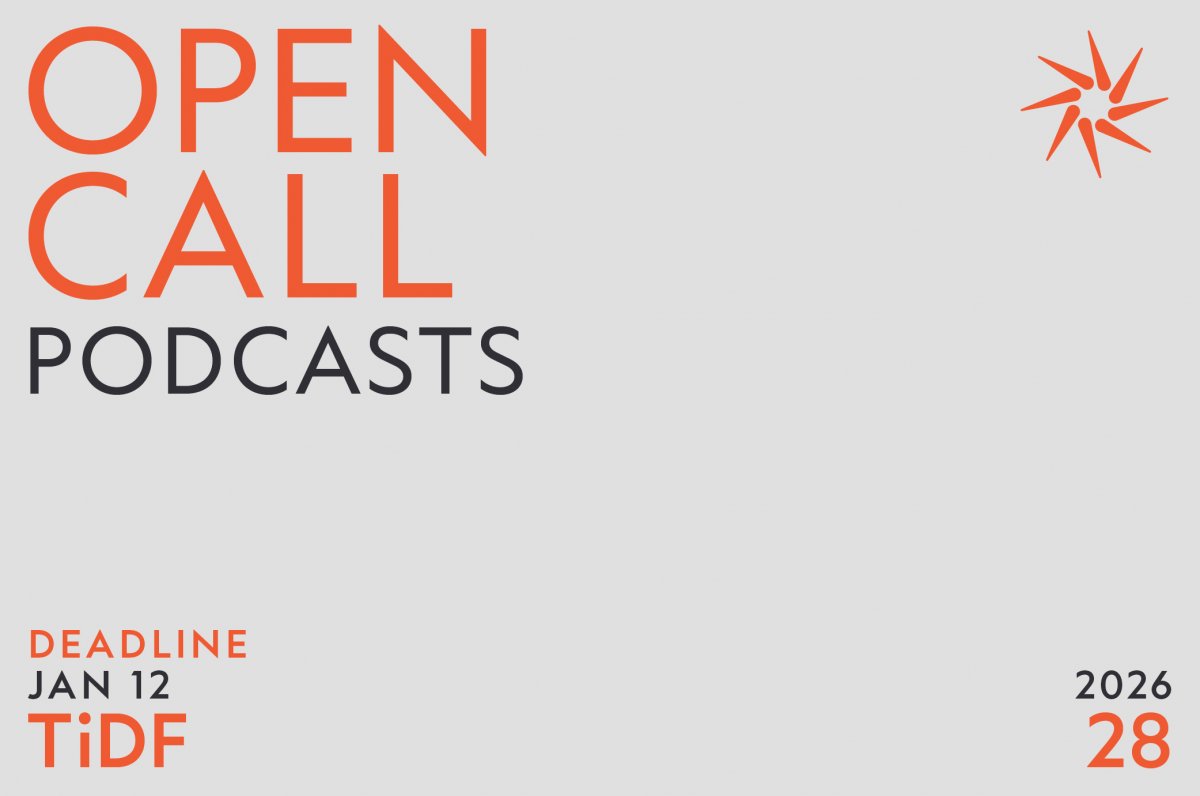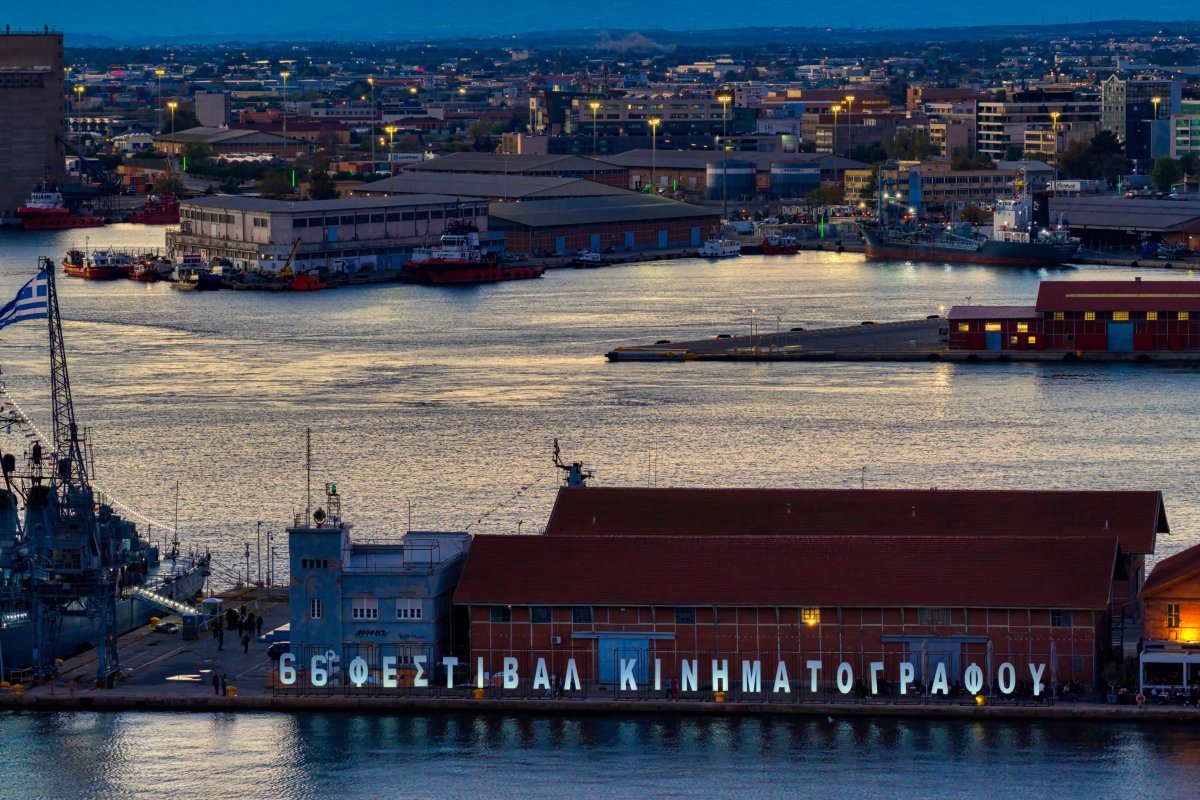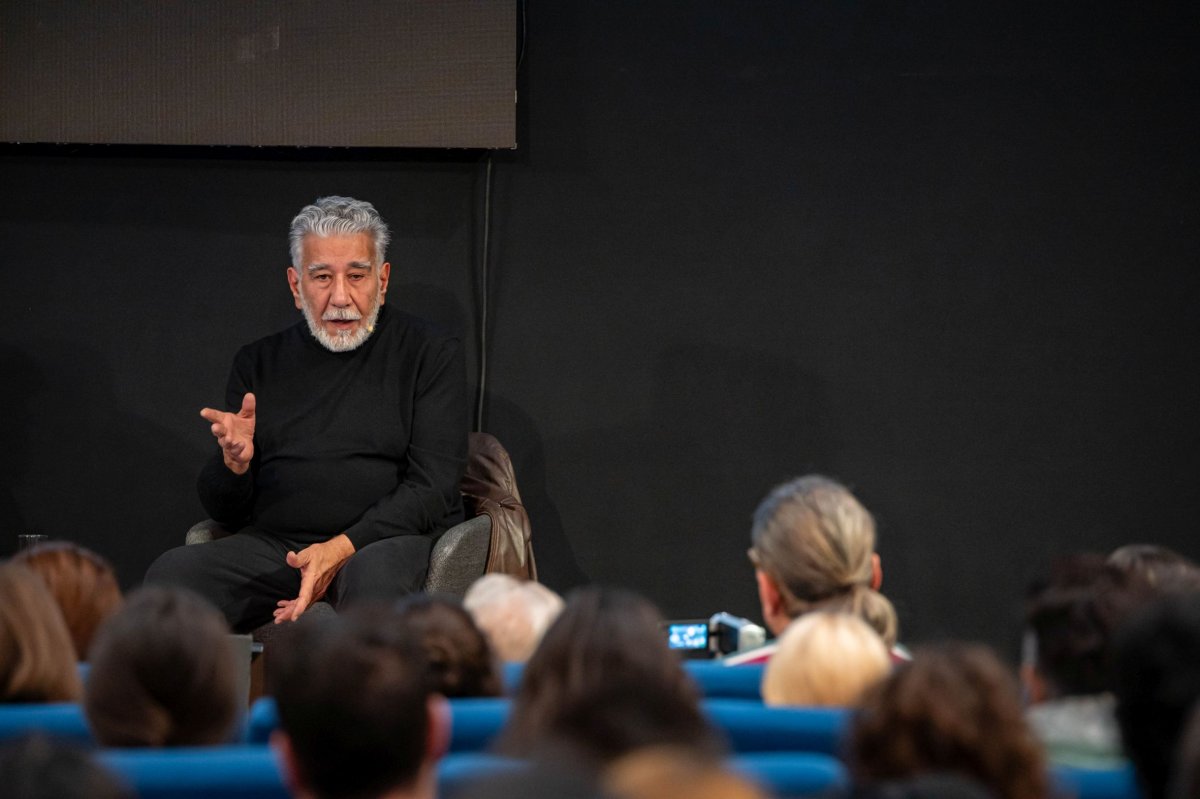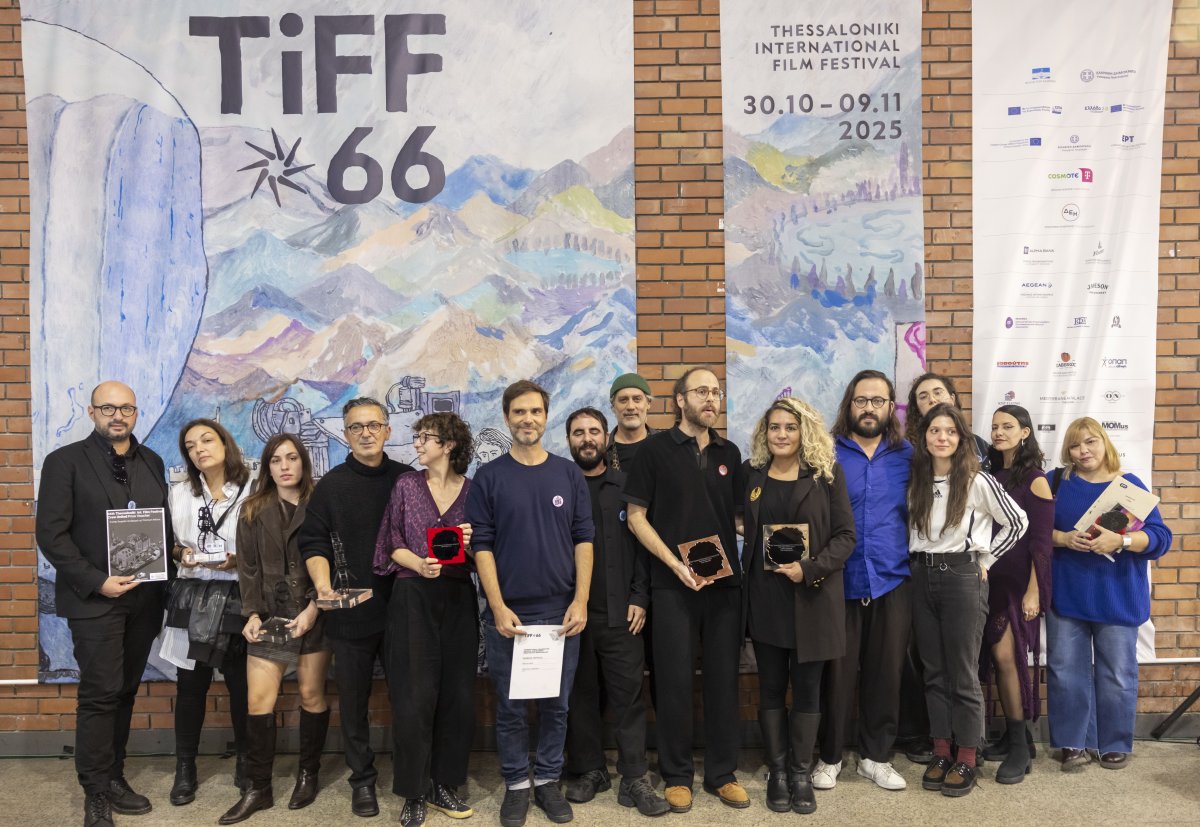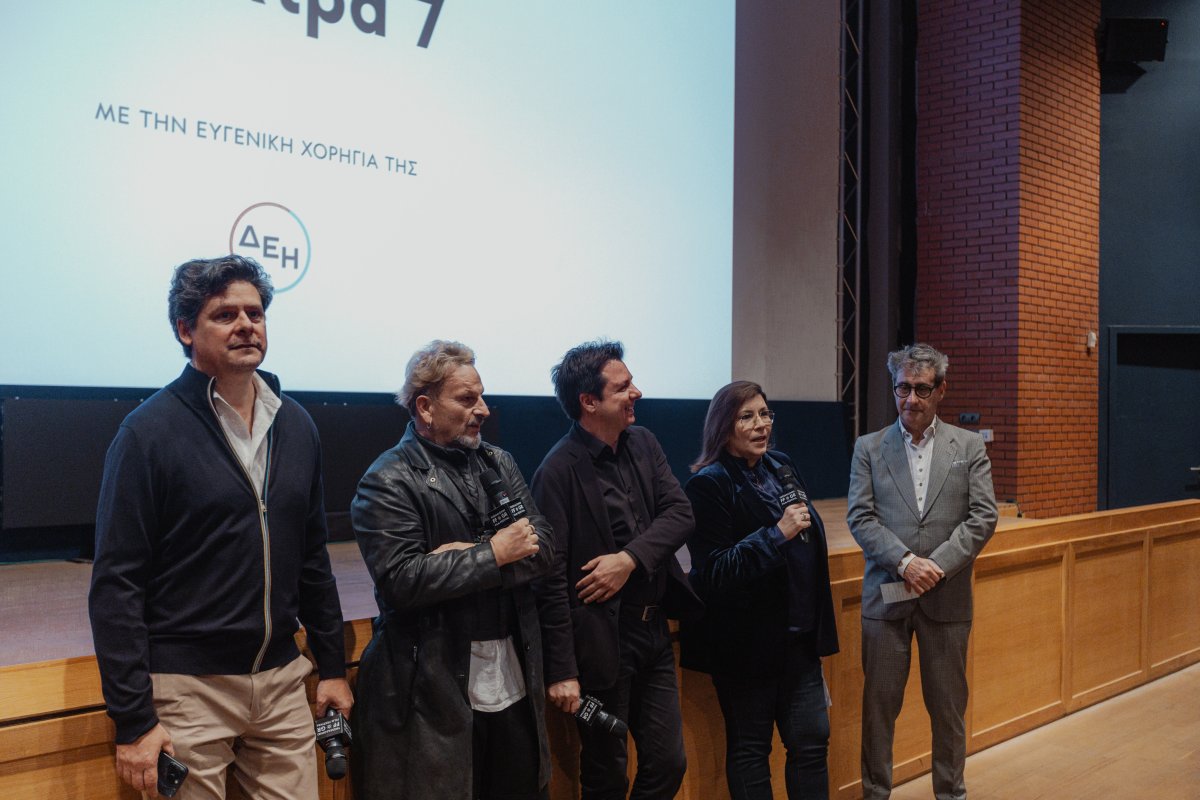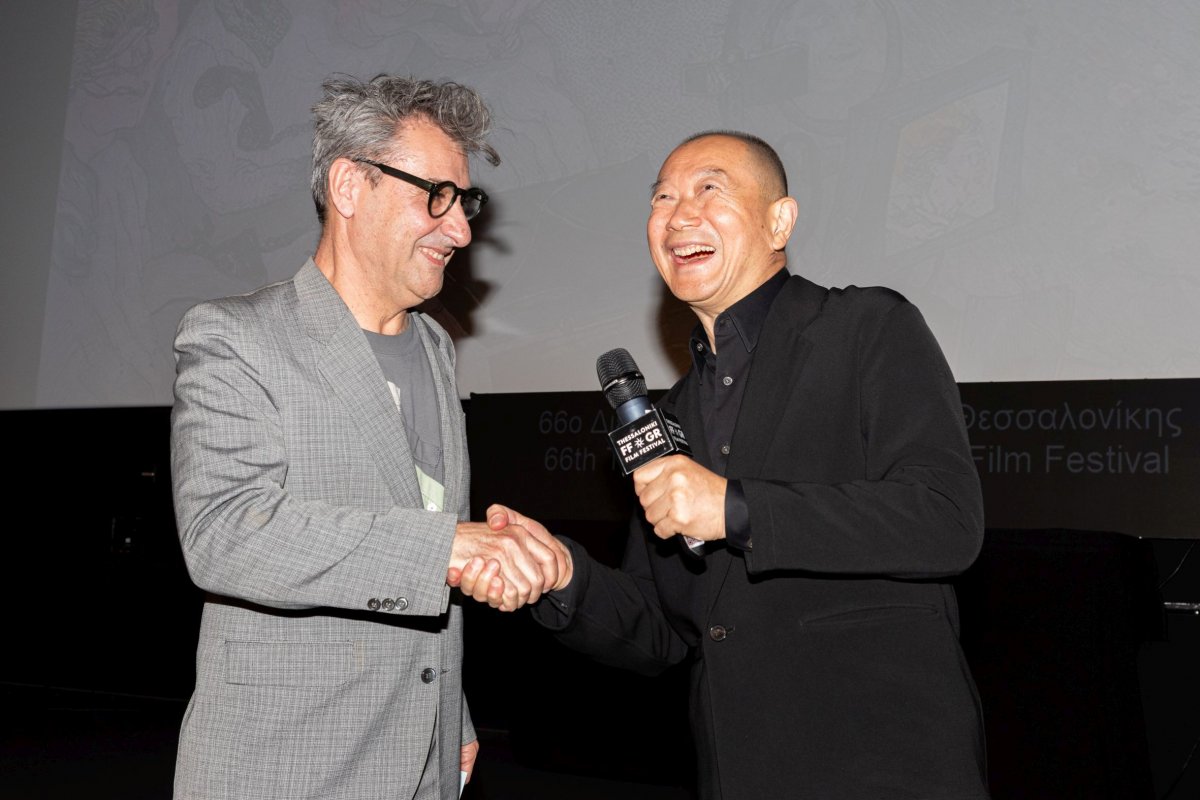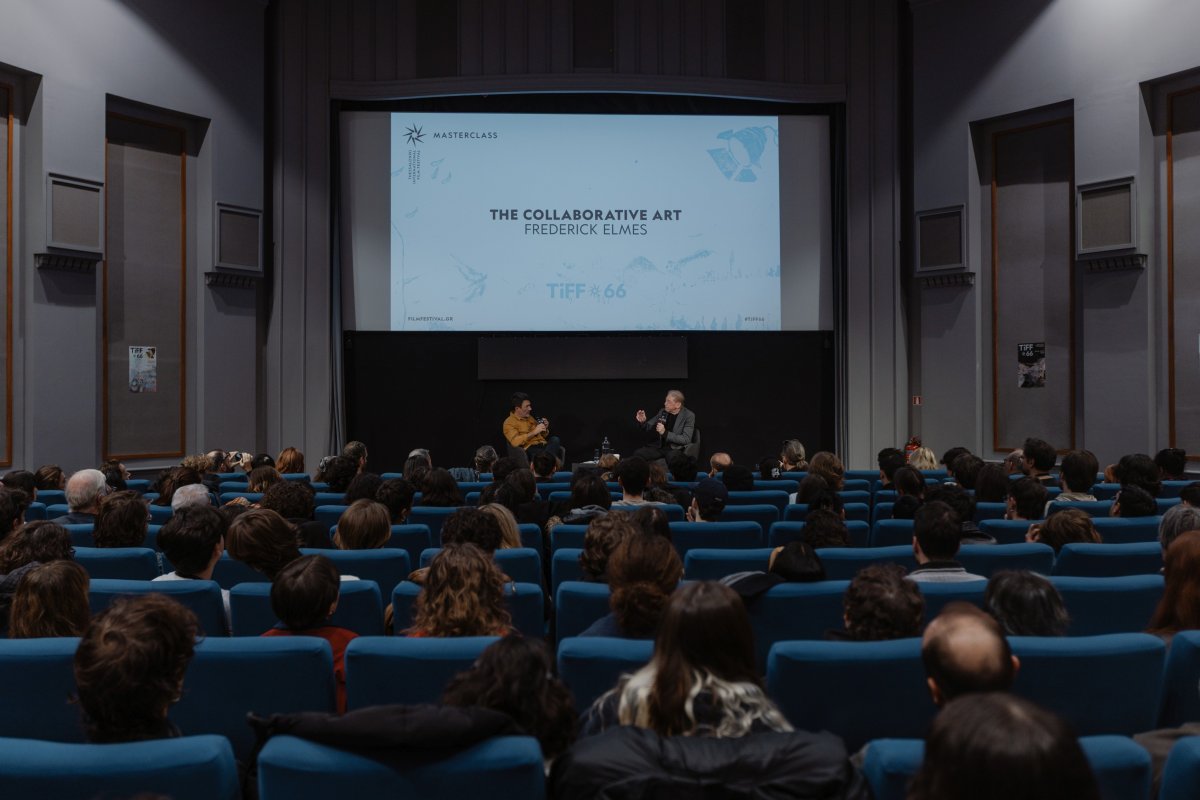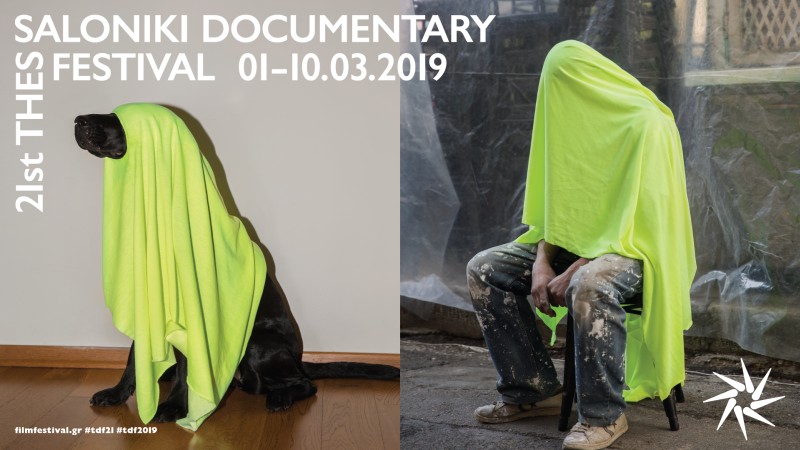PRESS CONFERENCE
ABOUT FACE: THE STORY OF GWENDELLIN BRADSHAW -
–EXIT - THE HOUSE – GOOD FORTUNE
On Monday, March 15, 2010 a Press Conference was given by the directors Mary Roseanne Katzke (About Face: The Story Of Gwendellin Bradshaw), Malgorzata Bienkowska-Buehlmann (Exit), Tayo Cortes (The House) and Landon Van Soest (Good Fortune), as part of the 12th Thessaloniki Documentary Festival - Images of the 21st Century.
In About Face: The Story Of Gwendellin Bradshaw, Mary Roseanne Katzke’s camera traces the emotional trauma hidden behind the face of Gwendellin Bradshaw, a girl living in Alaska, who the director took under her wing when she was three years old. “Our relationship is unique, it’s not just that of a director with her subject, but of mother and daughter”, the director said. The girl’s story is striking and is marked by a crucial moment in time: When Gwen left her protected environment and went to college she had to deal with her disfigurement. She became depressed and attempted suicide. During her hospital stay she discovered that she was only nine months old when her mother, who was mentally ill, threw her in a fire. “Gwen’s stay in the hospital marked a change in the course of her life. She herself asked me to follow her with my camera on her journey of self discovery, a process that lasted five years”, the director explained. At first, Gwen contacted people who had a similar experience to hers, and who learned to live with burn scars. However, this wasn’t the answer she was looking for. So she began searching for her family and found a sister she didn’t know she had, as well as her biological mother. “Maybe Alaska is far from Greece, we may have an eleven hour time difference, but the need for a child to find out where it comes from, the hate towards someone who did something terrible to it, as well as the power of forgiveness are universal”, Katzki noted, connecting her documentary’s story with references to ancient Greek tragedy.
Malgorzata Bienkowska-Buehlmann spoke next, director of Exit, which was shot between October 10 and 16, 1989 in Poland, a little before the fall of the Berlin Wall and only a few days after the government of the German Democratic Republic closed the Austro-Hungarian border to its citizens. As the director said, East Germans began gathering at the West German Embassy in Warsaw and they were permitted to obtain documents as people without a country. She found herself at the point where events were happening and filmed the East Germans describing their experiences and explaining the reasons for their exodus. “The film refers to events which weren’t known, showing pictures that have been never seen before. I didn’t shoot to make a film, it was an improvisational production. The truth is that we didn’t know at the time what we would be permitted to shoot, if we could find the refugees and if we could convince them to speak openly. There were secret agents from East Germany all around us and we didn’t want to put these people in danger. No one knew that three weeks later the Wall would fall”, the director explained. She continued: “The film speaks about people who lived in fear and suddenly experience freedom, but they have to redefine their notion of homeland. One could say that this a small scale problem, but I believe that these kinds of issues are international in character”.
Tayo Cortes, basing his film on the house of the poor Mendez family, made a documentary on poverty, dignity, courage and the dream. The House is the story of a family of scrap sellers who have lived on illegally occupied land for forty years, and constantly live in danger of being evicted. The family’s members gather scrap metal and useless objects in order to sell them, as well as leftovers from restaurants so they can feed their pigs. “Meeting these people was an important experience for me, because we live in such different realities and I would have never met them under different circumstances. The film is not only about poverty and misery, it is also about feelings which are common to all people, no matter what country they live in or what social class they belong to”, the Columbian director noted. Having lived the Mendez’ family’s daily life and problems up close, Tayo Cortes was asked as to how easy it would be to break the cycle of poverty. “The problem of poverty is complicated and has no easy solution. Perhaps education could be a way out, but only for the family’s children. For the rest of the family it is difficult. I would like to be able to change these people’s lives by my film, but a documentary can’t solve the problems of poverty and lack of education”, he added, noting that in the case of the Mendez family the documentary served as a mirror: “The family saw what is happening in their lives in the film, and they each realized what the others thought about him”.
In the film Good Fortune, the wider issue of poverty is tackled, by looking at how «foreign aid” to eradicate poverty in Africa can actually undermine instead of help communities. The film’s director Landon Van Soest and its producer Jeremy Levine spoke at the press conference, stressing that their goal was not to question the good intentions of international agencies, but to show the controversial and/or tragic consequences of this aid. The film focuses on the personal stories of two Kenyans. Silva loses her home and her office as a result of the United Nations plan to upgrade the poor neighborhood she lives in. Jackson sees his farm get flooded because of the dam that an American investor has made, hoping to eradicate poverty by setting up a rice paddy. “It’s necessary to have houses and rice paddies, but things are more complicated than the foreigners who go to help these places realize”, Landon Van Soest noted. “Companies seek profit, while quick foreign investments are encouraged by the governments, hoping to bring in capital, create infrastructures and jobs. The film speaks about delicate issues and we wanted to be careful. At the same time we wanted to give a voice to those deserving of this aid, who have to deal with speculators and corruption”, Jeremy Levine noted. After the 12th Thessaloniki Documentary Festival, the film screen at festivals in Prague, London and the USA. As the filmmakers said: “Using this film, we want to tell Western society that maybe they should approach the issue of African aid differently, keeping in mind the points of view of the people supposedly benefiting from it”.


